Warrior Fuel Hardtack Emergency Food: 100+ Years Shelf Life Survival Rations for Preppers & Outdoor Adventures
Discover the ultimate SHTF food staple—our modern Hardtack Emergency Food box, delivering 1,500 calories of reliable, nutrient-dense energy when you need it most.
Packs centuries of proven survival power into a simple, twice-baked biscuit. Crafted from flour, water, and a touch of salt, our honey-infused version softens the legendary “tooth-duller” crunch while preserving its unbreakable durability. No refrigeration, no expiration worries—enjoy a shelf life of 100+ years when sealed, outlasting any crisis.
Why Hardtack is the Best Long-Term Emergency Food for Preppers
Hardtack isn’t just food; it’s history’s most battle-tested ration. This unleavened cracker powered:
- Ancient Armies: Egyptians baked dense “Ta” loaves for Nile expeditions; Romans issued rock-hard buccellatum to legionaries, softening it in posca vinegar for 3–4 day marches.
- Naval Voyages: Christopher Columbus’s 1492 Santa María stocked bizcocho for transatlantic crossings; British Royal Navy “ship’s biscuit” fueled 18th-century fleets with 1 lb per sailor daily.
- Frontier Expeditions: Lewis & Clark crossed America on hardtack; Civil War soldiers (Union & Confederate) soaked it in coffee to fight weevils and hunger.
- Epic Journeys: From the Biblical Exodus to ocean-spanning migrations, hardtack’s simplicity—high-carb nutrition, mold-resistant design—kept humanity moving.
Today, it’s your go-to for bug-out bags, emergency kits, hiking, camping, or off-grid living. Perforated for even baking and easy stacking, it’s lightweight, portable, and versatile.
Key Features & Benefits of SHTFandGO Hardtack
- Epic Longevity: 100+ year shelf life—sealed and dry, it defies time, weevils, and spoilage.
- Calorie Powerhouse: 1,500 calories per box for sustained energy during blackouts, natural disasters, or wilderness treks.
- Flavor Upgrade: Honey infusion makes it tasty and chewable—ditch the dry grit for a subtle sweetness.
- Versatile Prep: Eat dry in a pinch; soak in water, soup, or grog; crumble into porridge; or fry with fat for “skillygalee.”
- Survival Synergy: Mix with pemmican for Hell-Fire Stew—a calorie-bomb recipe in our Survival Library (high-protein, ultra-filling).
- Budget-Friendly Bulk: Inexpensive to produce and store—ideal for stocking up on non-perishable survival food without breaking the bank.
| Spec | Details |
|---|---|
| Calories | 1,500 per box |
| Weight | 1 lb |
| Dimensions | 6 × 4 × 3 in |
| Shelf Life | 100+ years (sealed) |
| Ingredients | Flour, water, salt, honey |
Ready for Any SHTF Scenario?
Whether you’re prepping for economic collapse, power outages, or epic adventures, our Hardtack Emergency Food bridges ancient resilience with modern convenience. Rated 5/5 by survivalists for taste, toughness, and reliability—grab yours today and join the legacy of explorers who thrived on it.
Add to Cart Now – Stock up on this timeless prepper essential and ensure your emergency food supply is unbreakable.
Tags: survival food, hardtack, long shelf life food, emergency rations, SHTF prep, non-perishable snacks, military rations, bug-out bag essentials

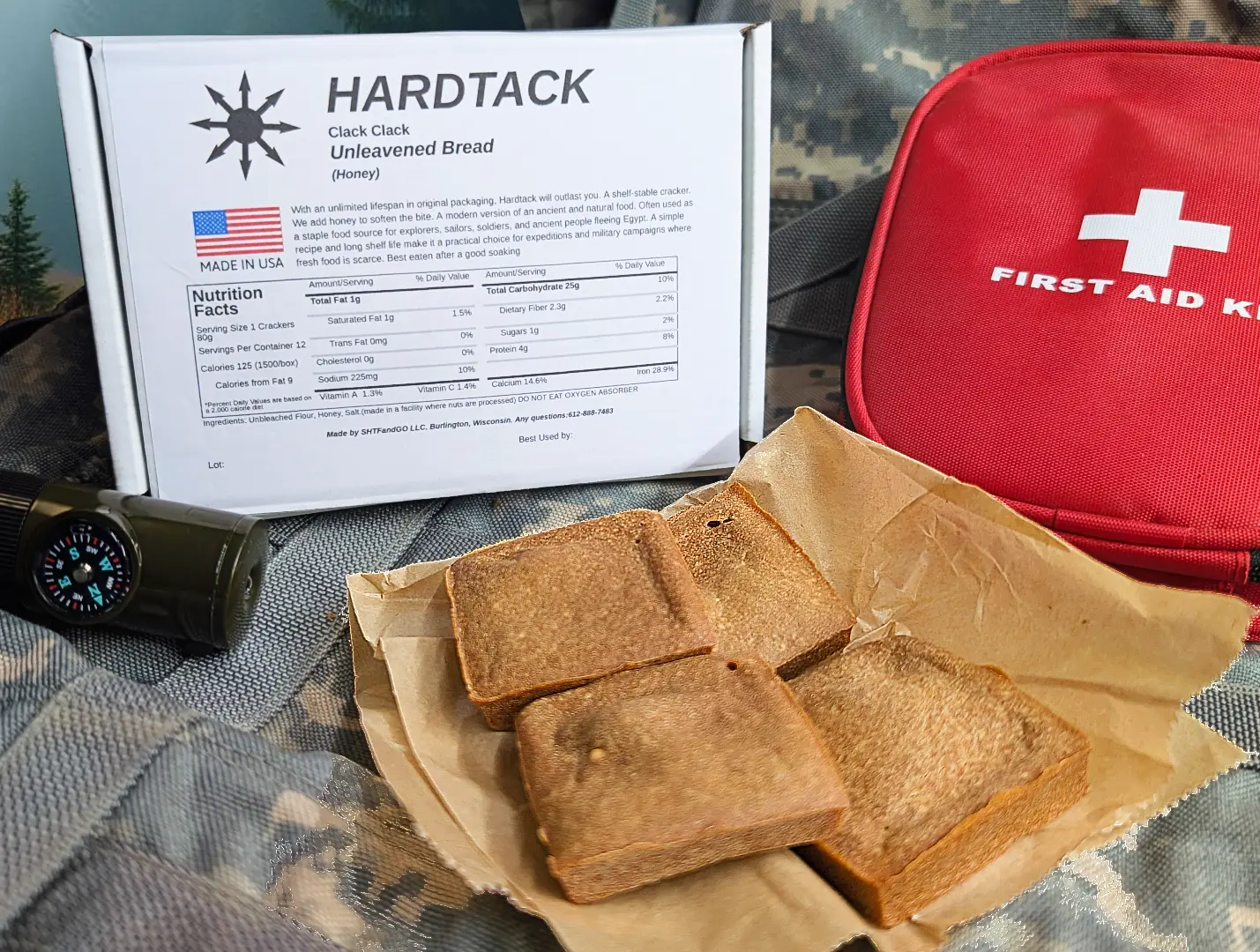
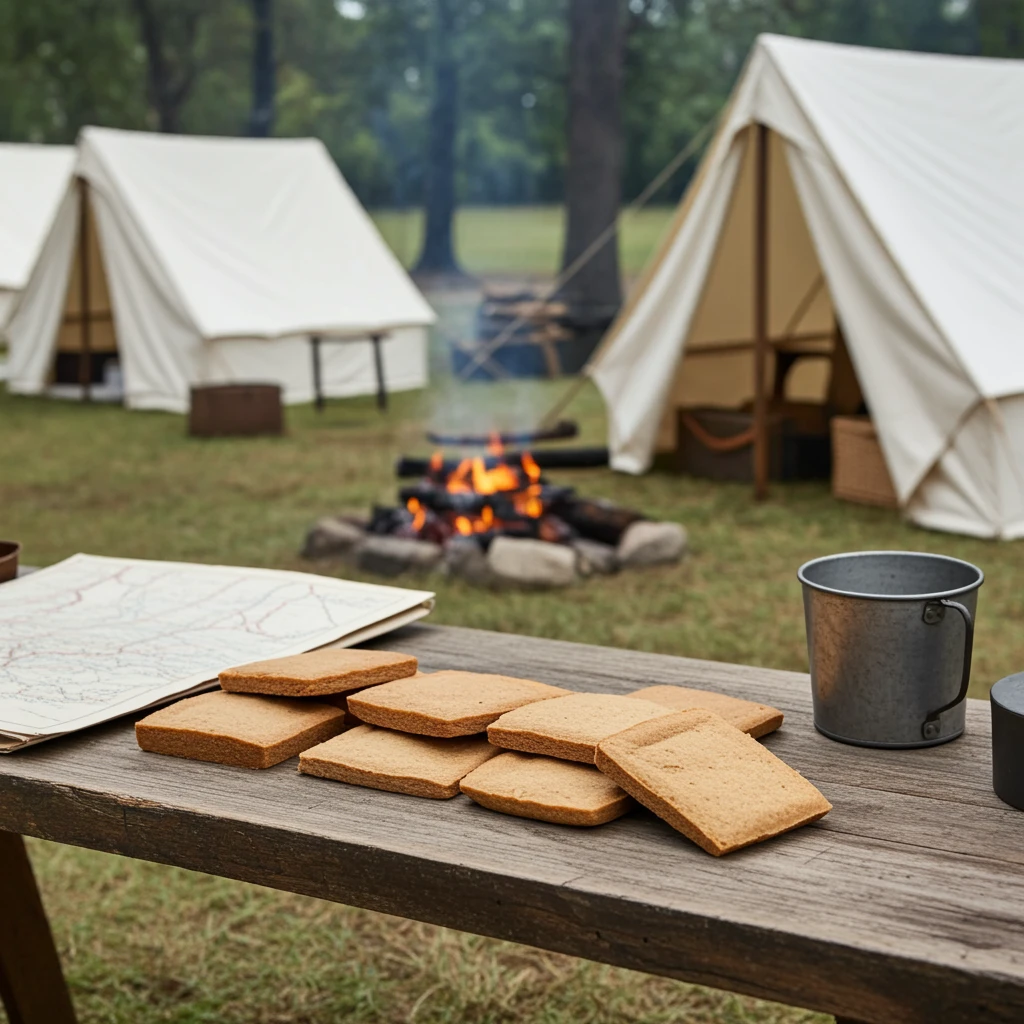
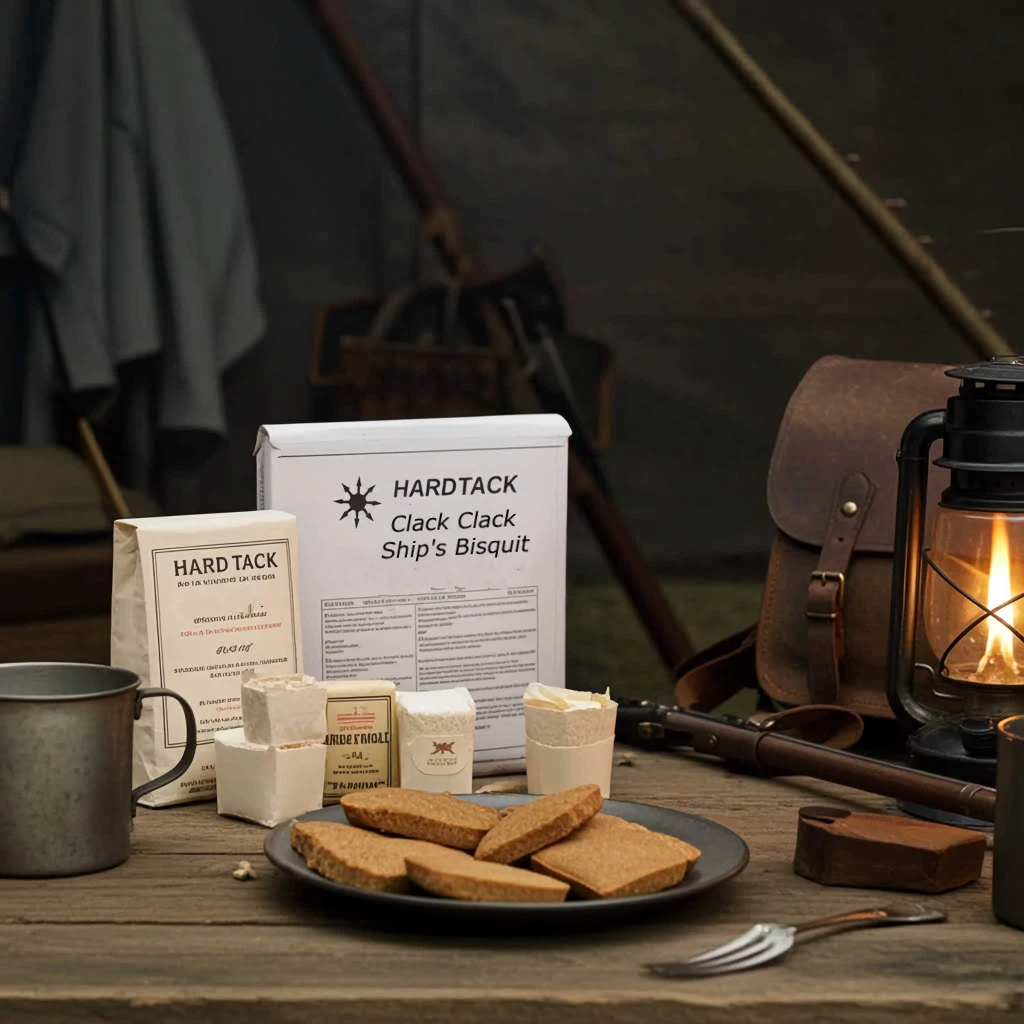
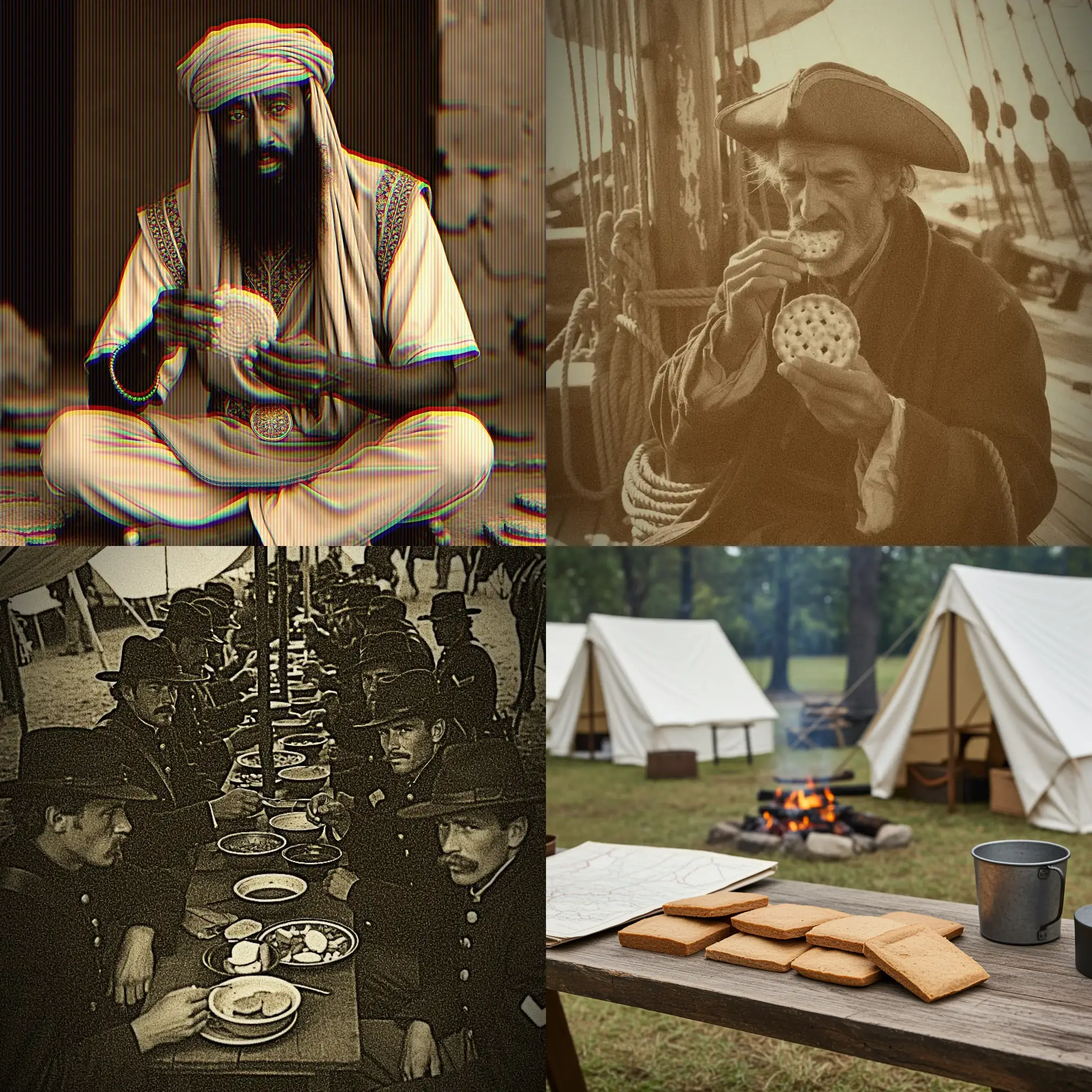
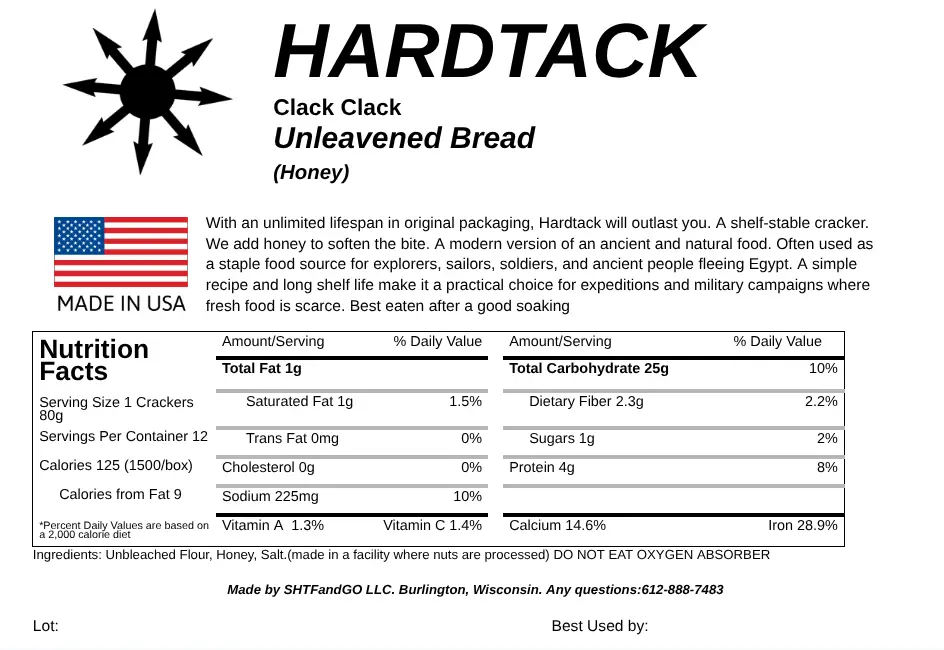
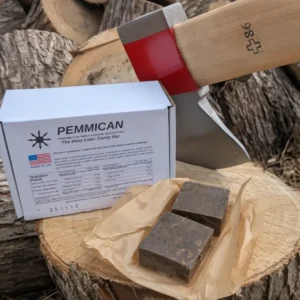

Kyle K –
The word hard doesn’t do it justice, but it is edible. I soak mine in my coffee. haha. This stuff will outlast me for sure.
George M –
ok. it’s hard and actually tastes pretty good. You can use it as defense by throwing at intruders if necessary.